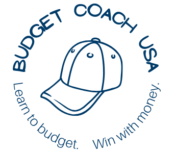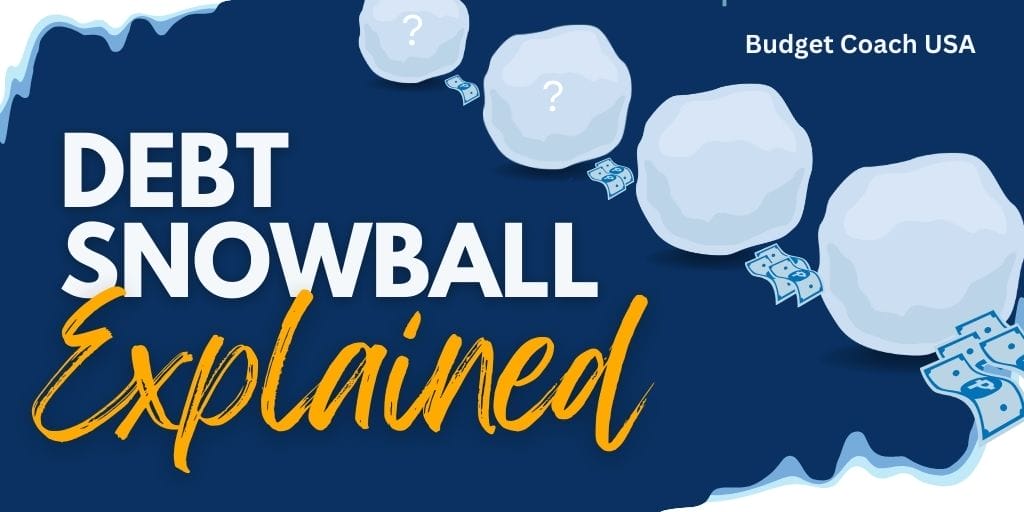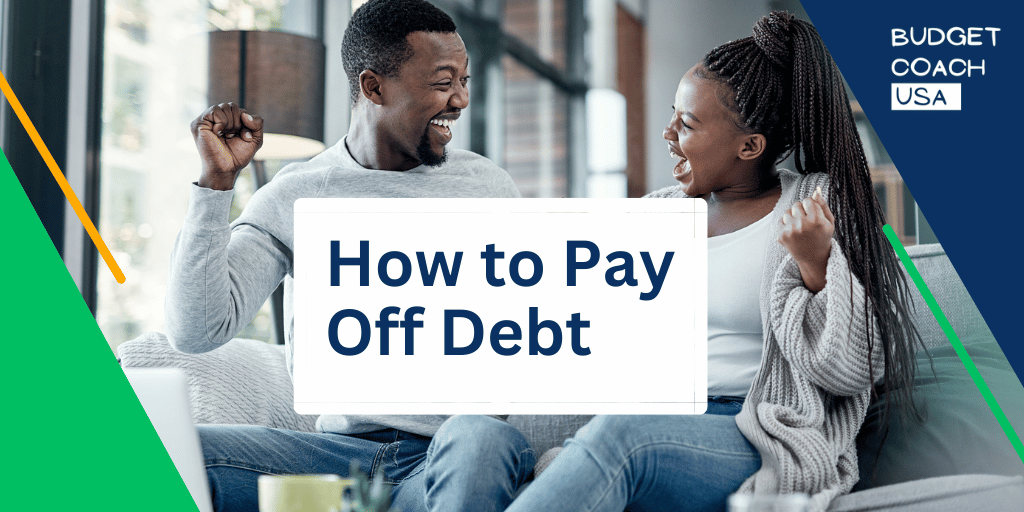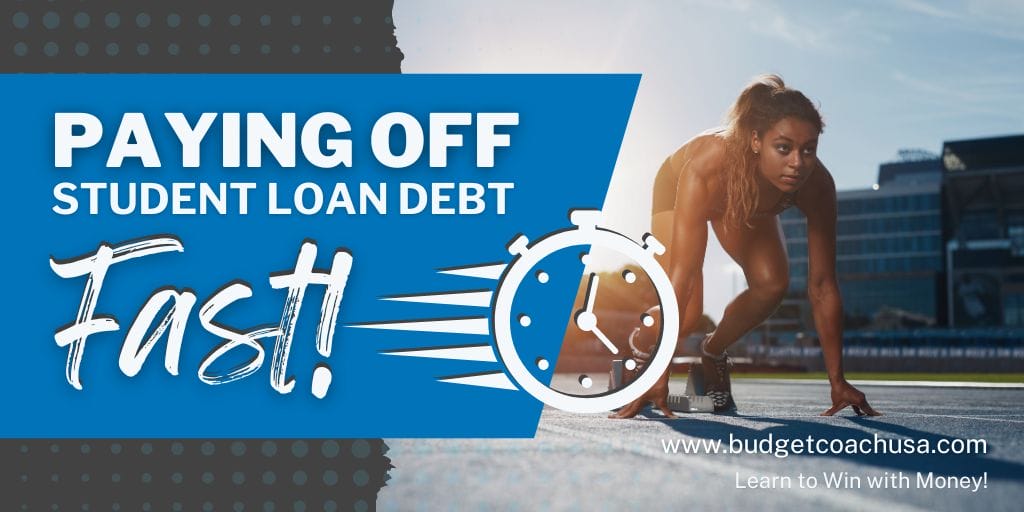Debt Snowball Explained
What is the Debt Snowball?
Do you ever feel like your debt is snowballing on you? Do you feel like your debts are growing instead of getting smaller? Being a prisoner of your debt payments is no fun and sometimes it can feel like the situation is only getting worse. If this is you never fear. You can turn that snowball around and make it work for you instead of against you! In this article, we’ll explain how the “debt snowball” works and how you can use it to eliminate your debt and kick it out of your life for good.
Debt Snowball Explained
The debt snowball is a simple method for paying off your debt, fast. If you are like most people you have debts on all sorts of things. The average person carries debt on school loans, credit cards, car loans, healthcare and more. With all those payments it is easy to get lost in a sea of due dates and minimums leading to the feeling that your debts will be a permanent part of your life. But by using the debt snowball you can organize those debts, focus on just one at a time, and kick them out of your life for good. Here is how the debt snowball works.
Debt Snowball Steps
Debt Snowball Step 1
Write down all your debts on paper (or screen) and list them from smallest to largest just like the graphic below. Notice that we have not listed the interest rate of any of these debts. The interest rates don’t matter. Why? Let’s face it. If you had been paying attention to the math over the last years you wouldn’t be in debt. It was emotions that got you into debt so use those emotions to help get you out! List those debts from the smallest balance to the largest regardless of the interest rate.

Debt Snowball Step 2
Next, make minimum payments on every debt you have except for the smallest one on your list. Throw every extra dollar you can find at the smallest debt and knock it out as fast as you can. Continue this step until the smallest debt is paid in full. Then do a little happy dance and move to step 3.
Debt Snowball Step 3
Next, take what you were paying on the smallest debt and use it to focus on the next debt on your list. Again, just make minimum payments on everything else except for the smallest remaining debt. Focus on the smallest remaining debt until it is gone.
Debt Snowball Step 4
Rinse and repeat until all of your debts have been eliminated. As you eliminate debts one by one, the amount of money you can put on the next debt on your list will grow, just like a snowball!

Is the Debt Snowball the Best Way to Pay Off Debt?
Yes. Divide and conquer! As we highlighted earlier, it is easy to get lost in a sea of due dates and minimums, losing track of how much you owe and who you owe it to. Listing your debts is a great way to see the full mess you’ve created. It brings all of the unknowns into the open. Knowing is half the battle as they say. Organizing them from smallest to largest allows you to score a victory fast because you’ll be aiming all of your efforts at the smallest one first. This brings me to my final reason the debt snowball is the best way to pay off debt. Emotions! Math didn’t get you into debt, emotions (and not having a plan) did. So let’s use those same emotions to help you get out of debt. Paying off that first (and smallest) debt fast is a great boost and adds a lot of momentum to your debt snowball. You’ll use those emotions to keep that snowball rolling until they are all paid off.
Wrap-Up – Debt Snowball Explained
When you list your debts all in one place and organize them from smallest to largest it helps you properly evaluate how much work is in front of you. This exercise prevents any more hiding or pretending. By focusing on just one debt at a time you can put your energies into eliminating it faster than making just the minimum payments. When you begin to eliminate debts you get an emotional boost which adds momentum to your efforts. And that is what you want. Momentum!
Don’t worry about interest rates. Just get busy knocking out your debts beginning with the smallest one first, rolling its payments into the next debt on your list once it is paid off. It was not your commitment to math that created your debt. It was bad money habits led by your emotions. So use those emotions to help fuel your debt-free journey. When you pay off that first debt fast it will give you a much-needed boost of momentum to continue your journey.







